


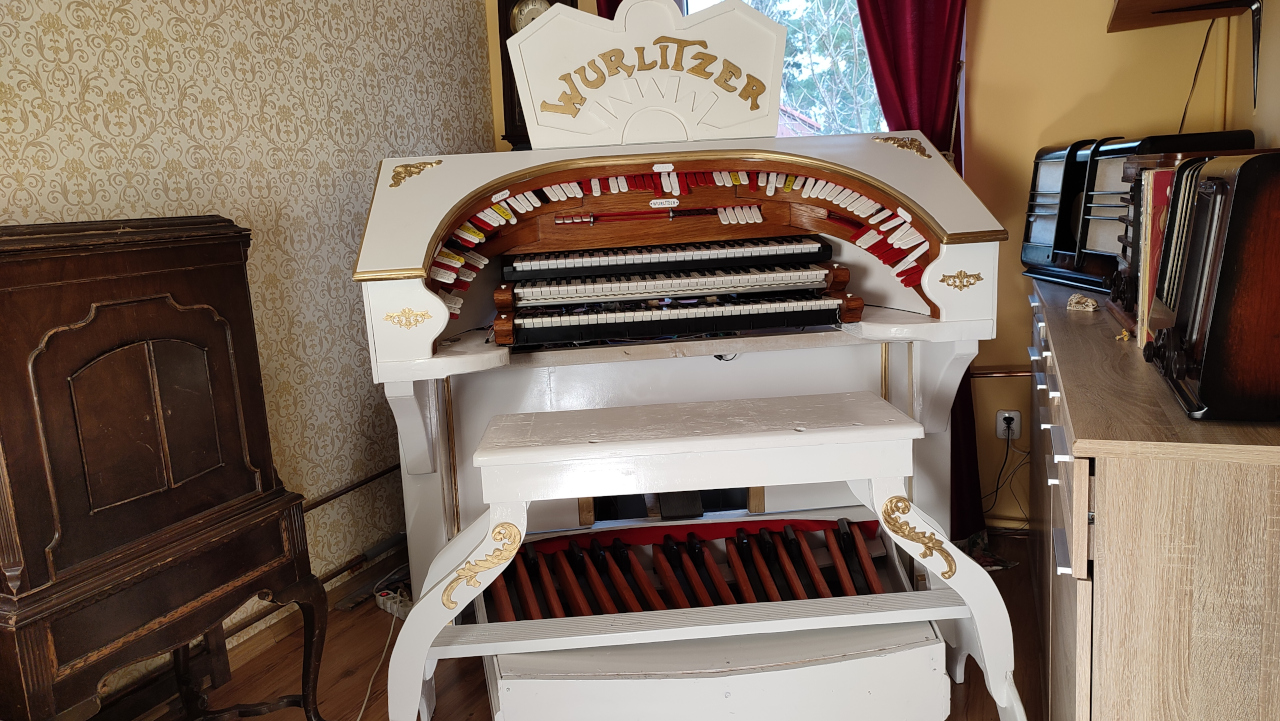
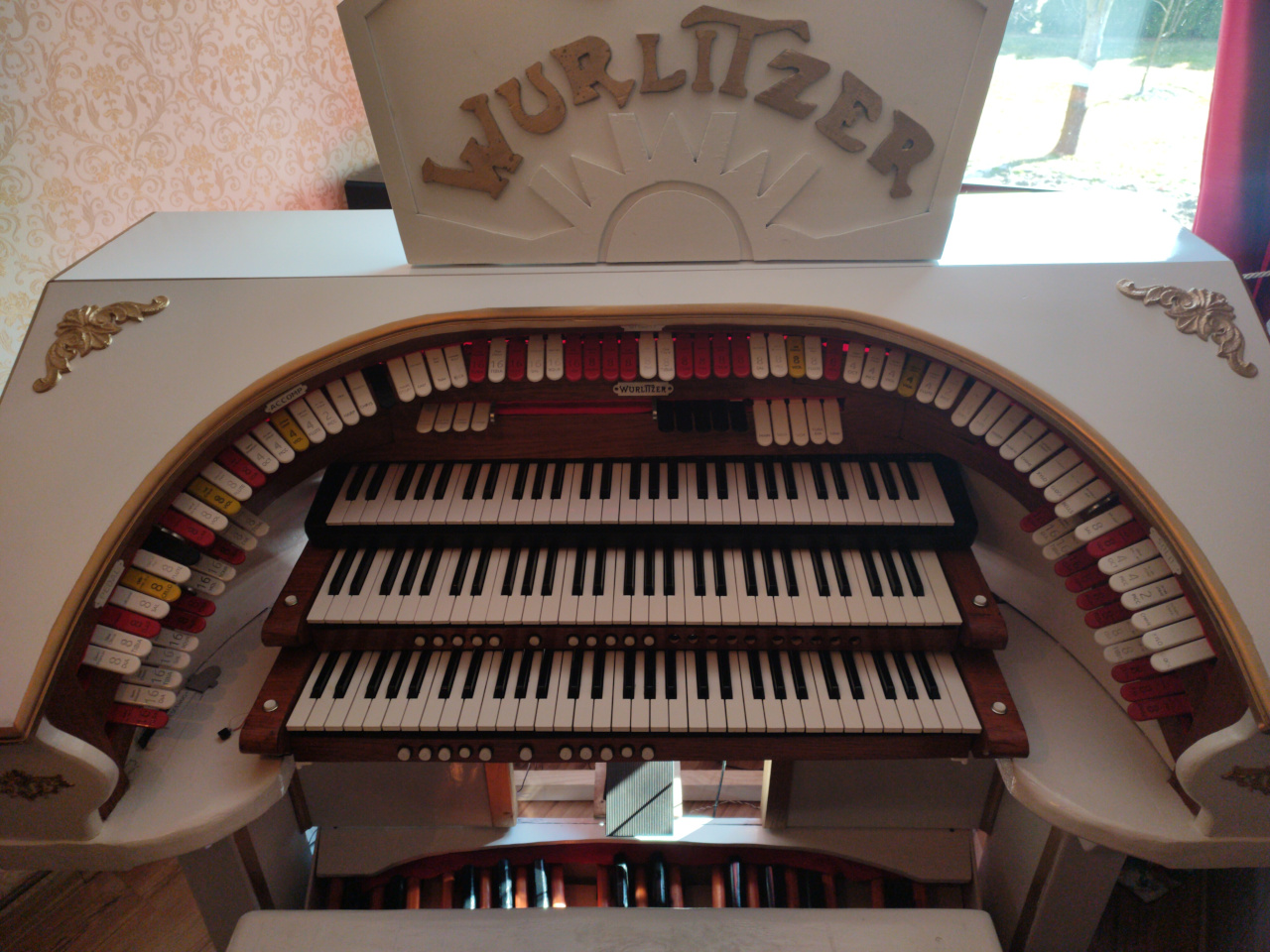
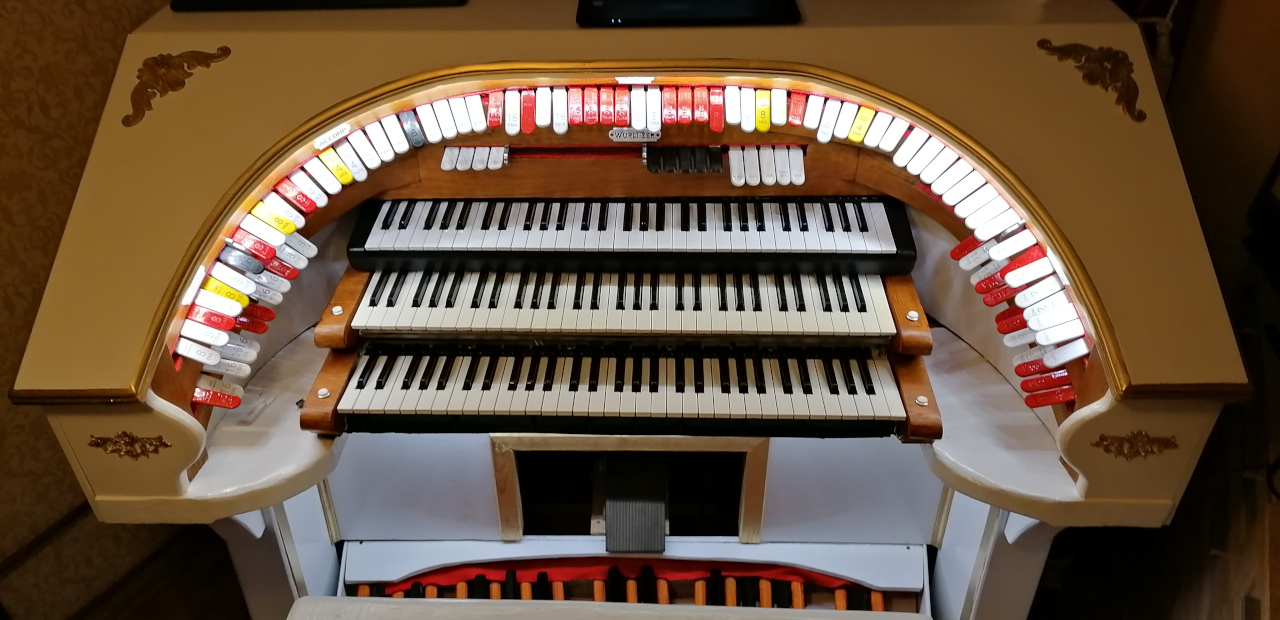
Since theatre organ parts are practically impossible to obtain here in Poland, I have build my own console from scratch. Tabs are 3D printed and work as switches but only manually, they don't react to pistons. Bare in mind this project is done by someone deeply fascinated by theatre organs but also by someone who has never seen one in person nor by someone who has any music background.
My console features 3 manuals, over 100 tabs, pistons (solo and great) and 27 notes pedalboard. Current disposition is 14 ranks. Those are:
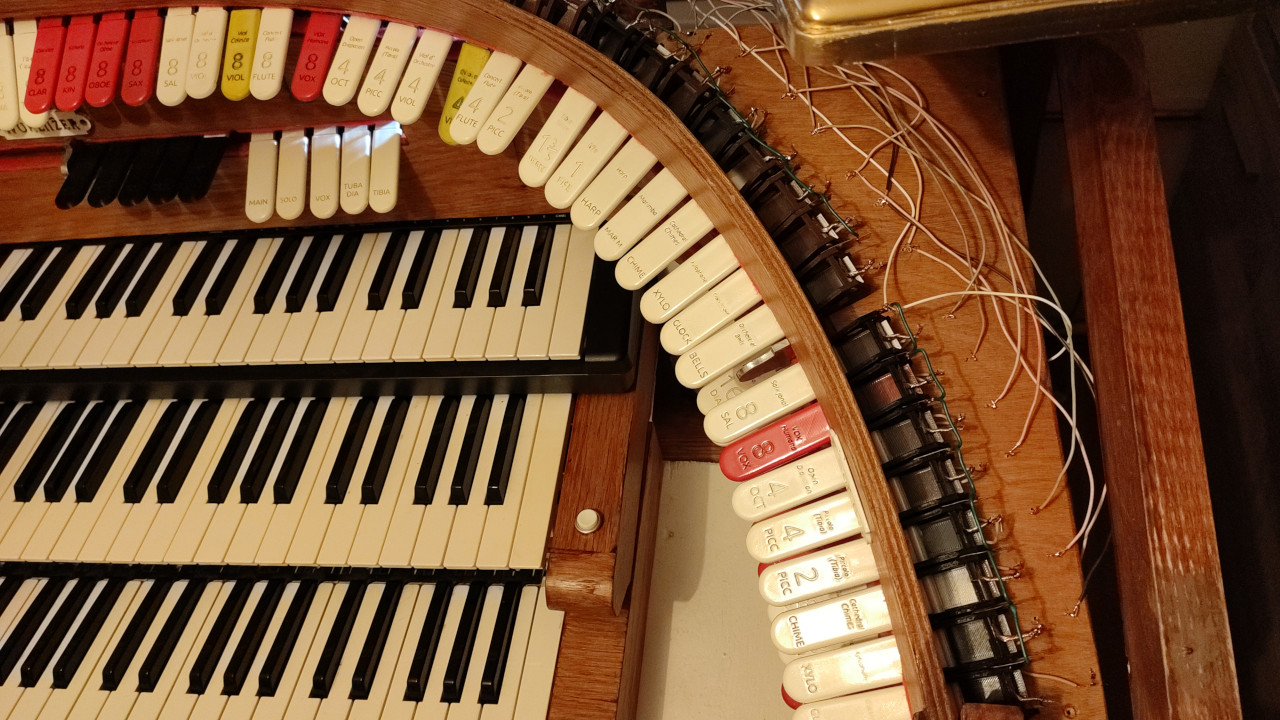
Plus untuned percussion: Bass drum, kettle drum, crash cymbal, tap cymbal, snare drum, castanets, tom tom, wooden block. Tuned percussion: harp, chrysoglott, marimba, xylophone, glocken spiel, cathedral chimes, piano (16/8'). Tremulants allow for tremulation of tibia, vox, tuba and diapason, solo, main. Great division has couplers to solo, sub octave, octave and unison off. There is also some space left for second touch in the future.
Whole console is 155 cm wide, a bit smaller than real console but larger than most home organs and still fits in my room. No organ specific parts were used, everything was build from scratch over the period of three months in my garage.
Console contains a computer which runs Miditizer 260SP with two Creative soundblaster cards as midi synthesizers which provide very low latency. Beside hardware MIDI synthesizers organ uses fluid-synth (software synth) for percussion and some ranks to increase polyphony.
The manuals are typical 61 key MIDI keyboards connected to a computer via USB (solo and great) or to MIDI box (accompaniment) which then connects to USB.
MIDI box in my case allows for connecting 4 MIDI instruments. One of them is circuit board that I have designed to read signals from the stops and swell pedals the other is pedalboard.
The organ simulates two chambers, I have four speakers and one subwoofer connected. For now I use only one sound card because of drivers issue. I also have only one swell pedal from an old spinet Wurlitzer 630T controlling both chambers.
made this website to share my projects with others. All projects that I share here are open source and hardware, you can built them, modify them and distribute modified version (if you mention that they are based on mine).
If you want to build your own virtual theatre organ console, here are some of my projects you might be interested in:
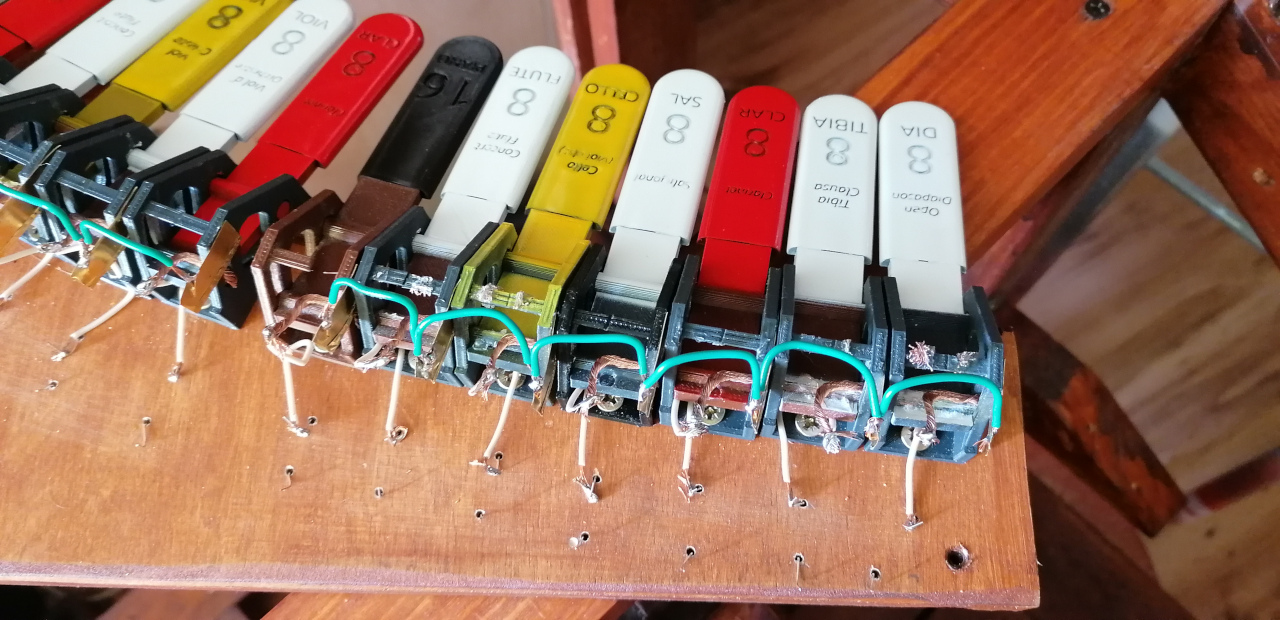
Drawings and dimensions of my homemade console (not ready yet)
3D printable tabs, switch mechanism and lots of ranks and stopage to choose from!
Do it yourself organ pedalboard, tips from my experience (not ready yet)
3D printable division plate names, 3D printable Wurlitzer logo for frontplate of organ
3D printable ornaments that fit nicely on theatre organ. (NOT mine models)
The console is divided into few parts. The top contains horse shoe arch with rows for tabs and keyboards stack which also can be detached from the top part. The top is quite massive, its skeleton is made out of wooden profile to which 12mm plywood walls are attached. This part contains MIDI box, motherboard for controlling the stops and lots of wires...


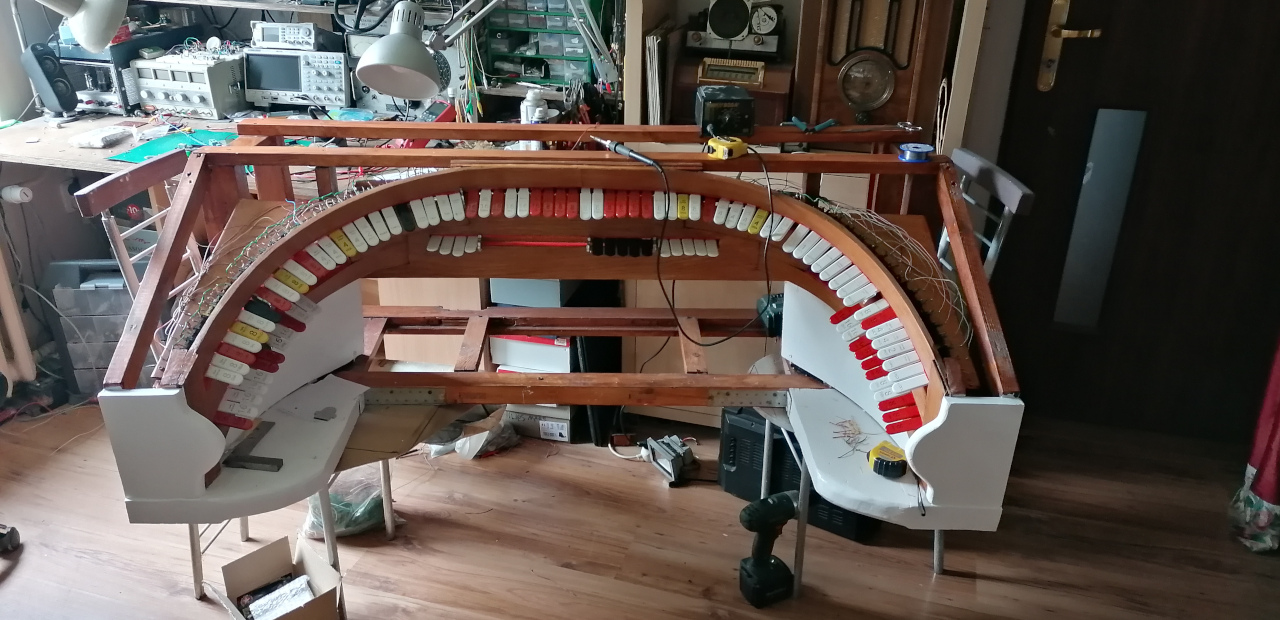
The bottom of the console itself is build in similar way and includes shelf for PC parts. It has also enough space for some audio equipment. The organ is surprisingly modular. The top and bottom parts are connected only by the 12V, 5V, Ground and pedal MIDI. Both are screwed together and are very stable. Overall organ can be disassembled and with no problem was moved through standard door frame and window.
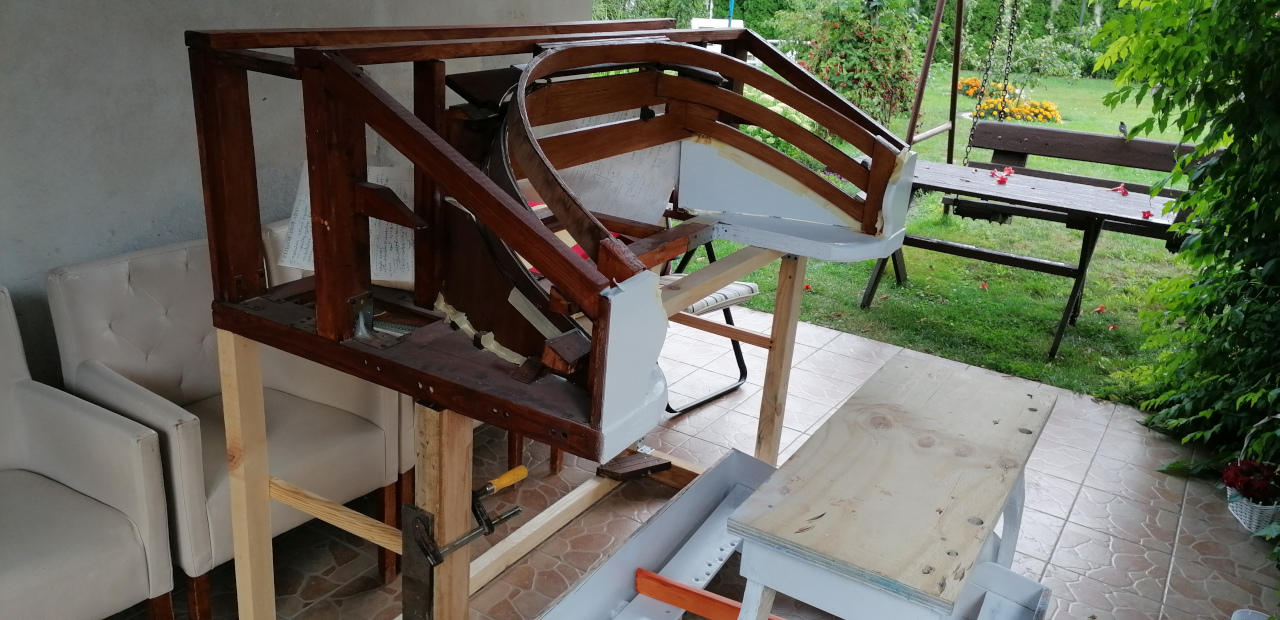
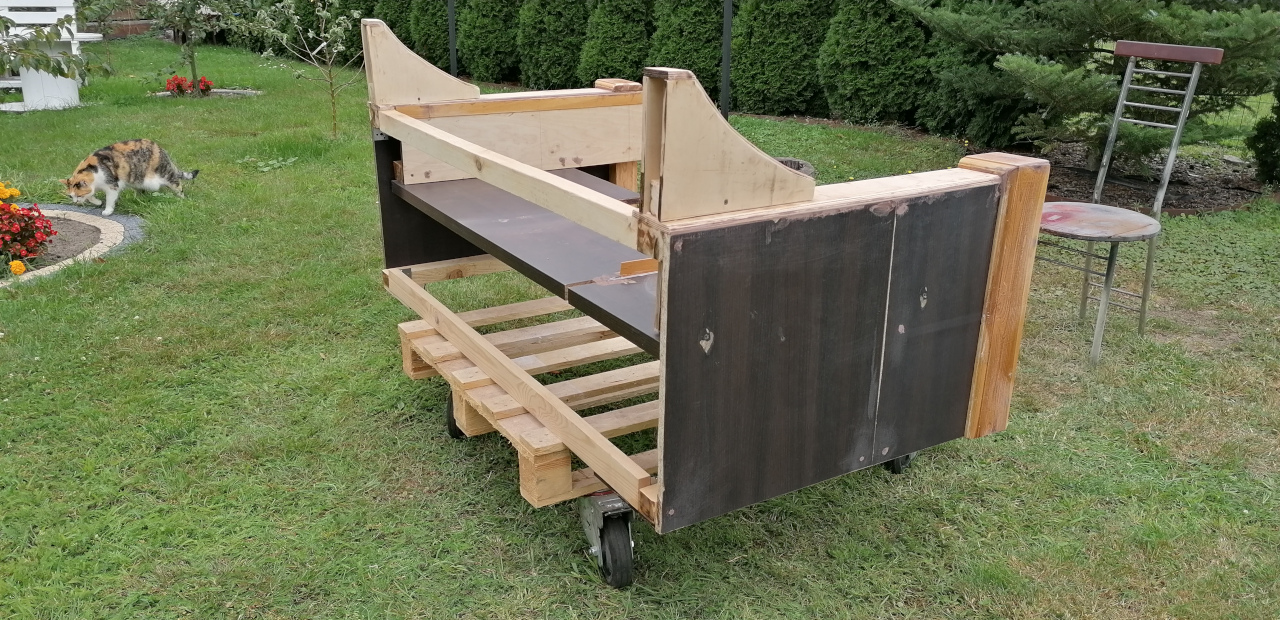
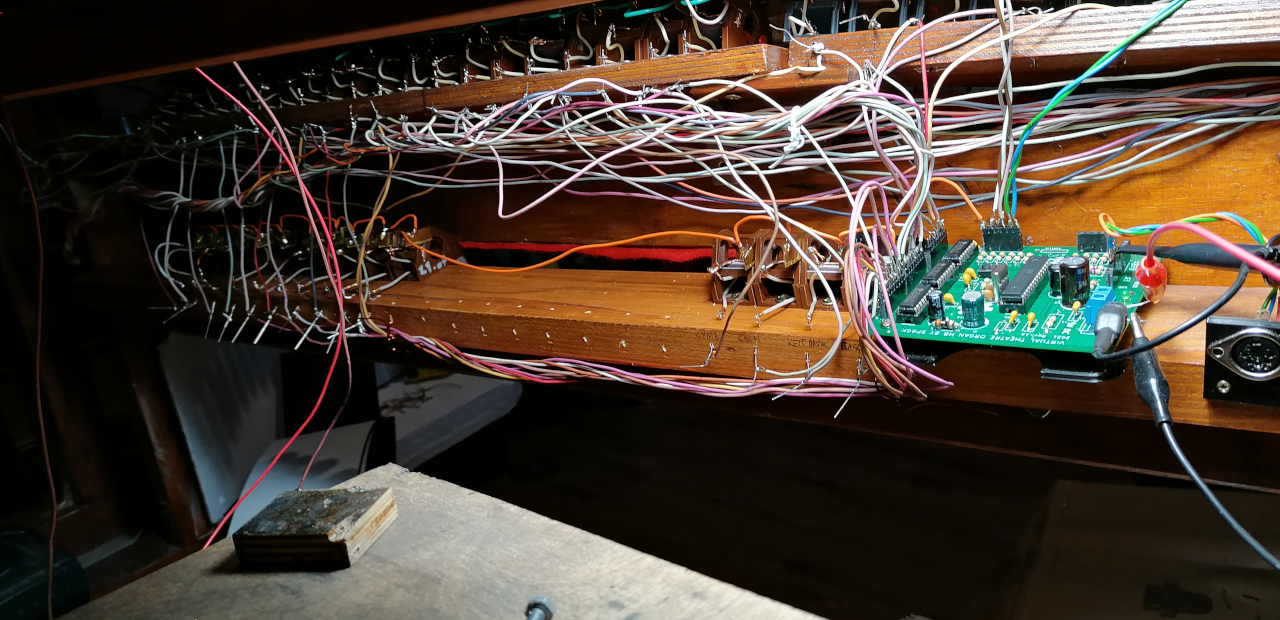
The smaller but still very important part is a pedalboard. The pedalboard uses 2.5cm wooden profiles as keys. Each key has small wooden cylinder underneath that goes through a hole in a curve shaped plywood which sets the keys in bowl shape characteristic for AGO pedalboard. There is custom made spring which requires 1.55kG of weight to be fully compressed around the cylinder. Next to each there is a reed switch which is activated by a neodymium magnet mounted at the bottom of each pedal key. This makes the keyboard dust proof but requires some precise mounting of a reed switch and magnet so that it is activated at consistent depth for all pedals. Reed switches make pedalboard dust proof since metal contacts are enclosed in glass cylinder. Pedalboard also includes simple circuit similar to one that in top part that controls tabs. Arduino nano sends MIDI signal after scanning a matrix of 27 keys using shift register. Keyboard can be easily extended with more keys, swells, toe studs etc...
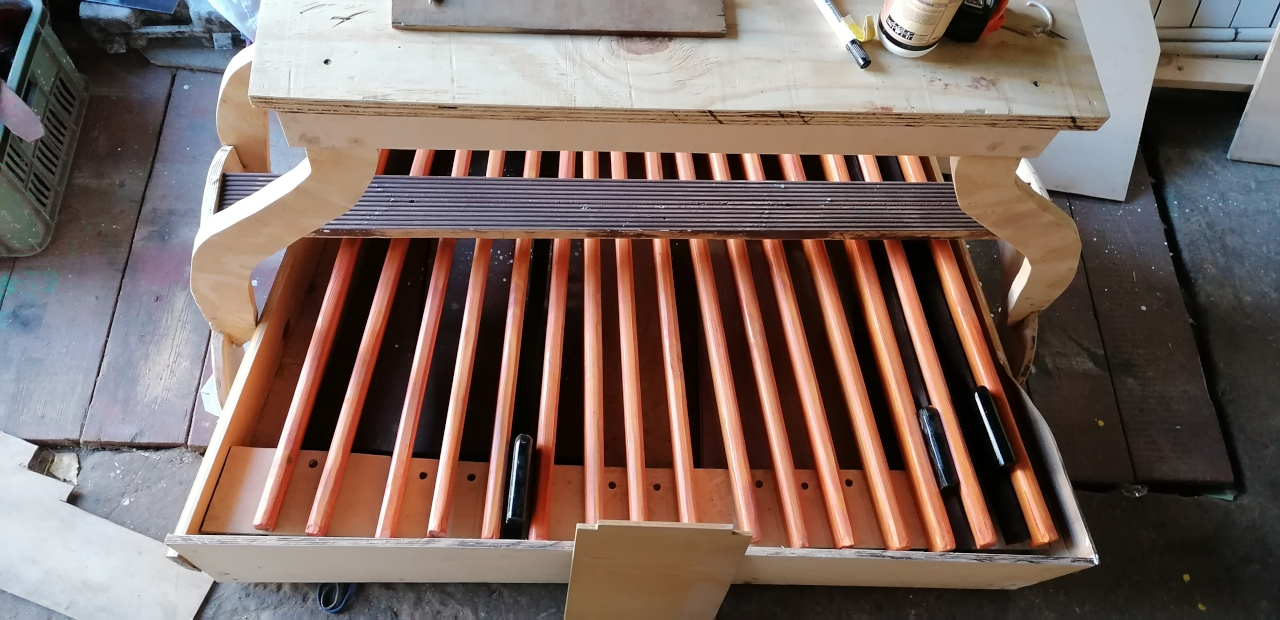
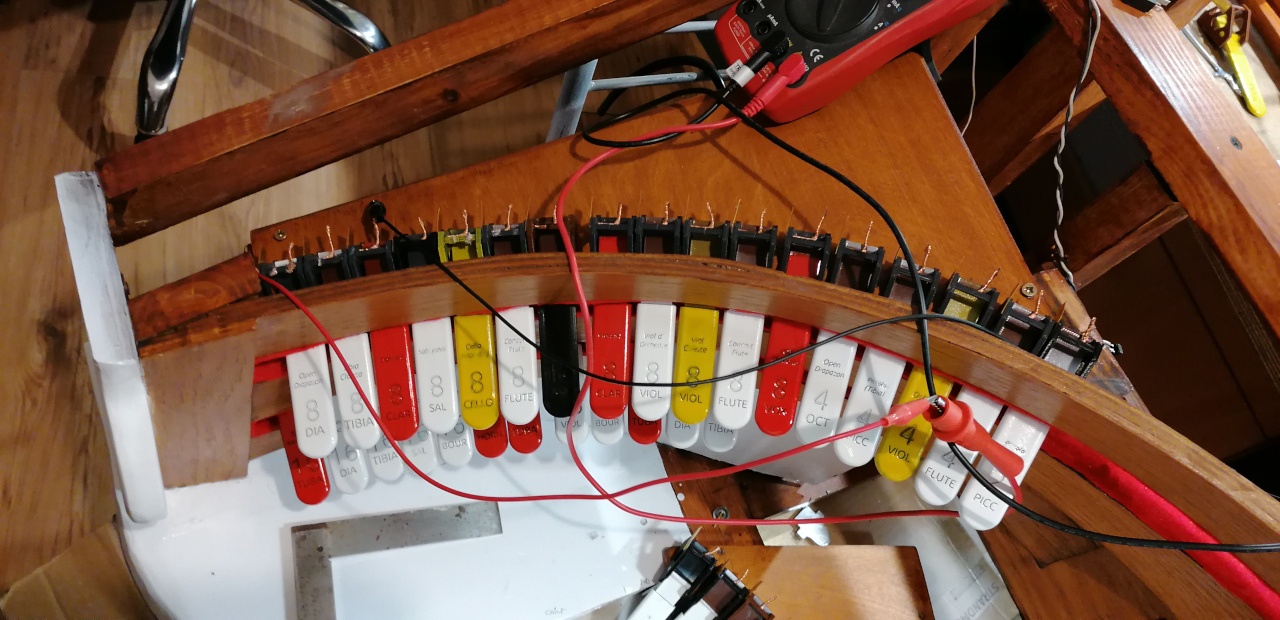
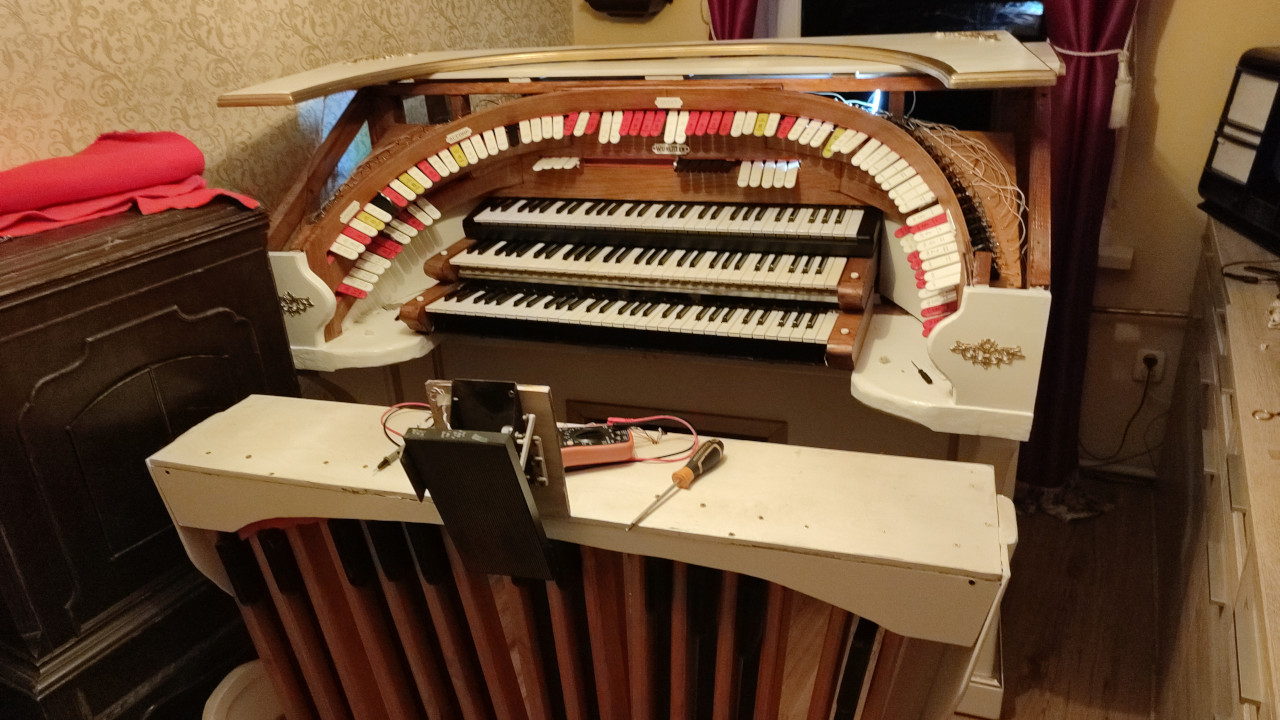
Beside that I have also made a bench and a music sheet stand but there is nothing interesting about them. I will post drawings and dimensions soon. The golden ornaments are 3D printed and I am not an auto of their models.